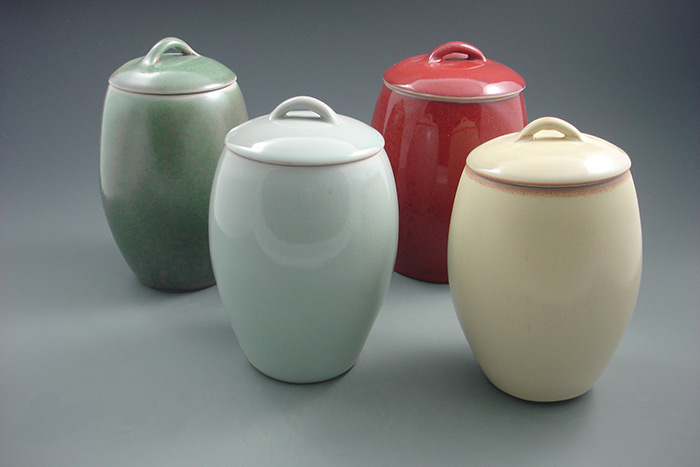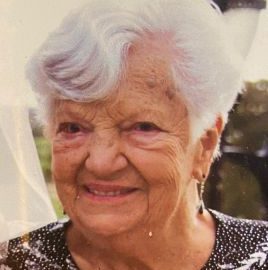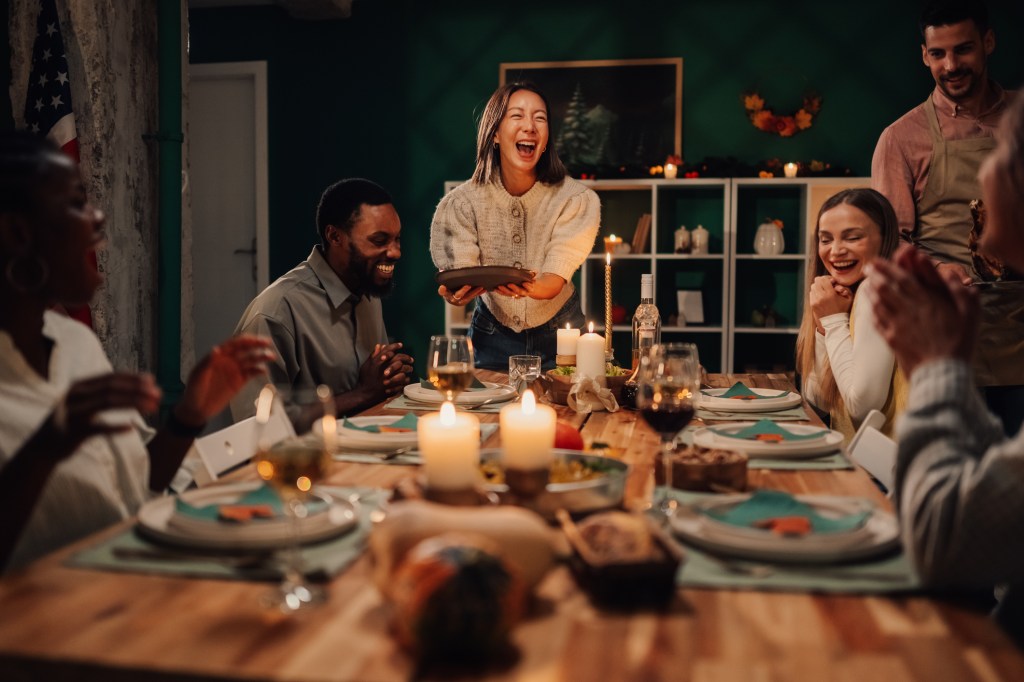Master Craftsman: Nancy Robbins, Potter

A spectacularly designed home with jaw-dropping architecture and fabulous furnishings is never truly complete without its defining details—the little things that catch the eye and demonstrate a homeowner’s taste. Among these unique objects, handmade ceramics and pottery offer a sublime balance of form and function, art and operation.
For nearly 50 years, Sag Harbor’s Nancy Robbins has been creating beautiful and useful clay works that would be a prize in any Hamptons home. A skilled artist of the highest order, Robbins is also a chemist, a teacher and the leader of a tight-knit but growing community of East End artisans working in her chosen medium.

Though she now makes porcelain pieces almost exclusively on the potter’s wheel, Robbins’ half-century in the field has made her adept at nearly all applications of ceramics. “I’ve had quite a checkered career,” she says, noting her education at Rhode Island School of Design, engineering studies at renowned ceramics school Alfred University, and years working as a glaze chemist in the ceramics industry.
The work she creates recalls the cups, vases and bowls of ancient Asiatic masters, while at the same time being wholly local, down to the very substances from which they are built.
“I just started recently playing with sand, and I use sand from all over the world,” Robbins says, noting that East End sands have found a prominent place in that repertoire. In addition to sand from far-flung places like Iceland, her texturally lively vessels feature glazes with granules from area beaches, such as Montauk and Sagaponack. Each carries unique, recognizable qualities, which emerge after hours of kiln firing.

Beyond their obviously consistent texture, the sands’ final appearance couldn’t be more different, depending upon their location of origin. Montauk’s sand, for example, is manganese heavy, resulting in a black color after intense heat is applied; while iron-rich Sagaponack sand develops pleasing, rust-colored speckles.
“It’s really fun. I could play with sand all day,” Robbins says. “We live in a beach community—you want something that talks to you about the beach.”
Taking a step beyond local sand, the artist made a series of scallop-shaped Christmas ornaments using clay dug from the earth right here on our shores.

Most importantly, Robbins creates her own glazes, which are paramount to her process and final product. For her, the forms shaped on the wheel come secondary to their colorful, rich and deftly applied coatings. “Most of my pots are like canvases for my glaze,” Robbins says, explaining how she applies chemistry knowhow and years of experience, along with plenty of instinct and imagination, to formulate each glaze.
“Most people now buy glazes, but it’s more satisfying to make your own,” she says, acknowledging that it’s analogous to building a home from hand-hewn materials instead of using store-bought, cookie-cutter parts. “I developed some very special glazes.”
After firing, the glazes have individual characteristics—from deep ox blood to crackled, snowy white—that would be hard to replicate without Robbins’ recipes or guidance. Because of this, she’s now the go-to person for locals interested in such things.

“I’m sort of the glaze guru around here,” Robbins says, describing one of her many roles as president and co-founder of the Clay Art Guild of the Hamptons. She also teaches at the group’s new Clay Art Studios in Water Mill, where classes are well attended. “A lot of people really love doing clay. Pottery is the new Pilates,” she says, quoting a November 30 article in The New York Times.
Robbins devotes much of her time to the Clay Art Guild, teaching, and working on projects such as her line of stampware souvenirs for the Hamptons wholesale market to “pay the bills,” but she never strays too far from true expression at her potter’s wheel.

“I tend to work in series,” Robbins says, “I don’t do one of anything.” Despite this, each of her creations is a unique object with distinctive marks and nuances. One could serve 20 people on her plates and dinnerware, and no one would have exactly the same setting.
Who would want it any other way?

READ MORE MASTER CRAFTSMAN PROFILES:
Frank Dalene, Custom Contractor, Green Innovator
Lori Guyer & John Mehrman, White Flower Farmhouse
Maximilian Eicke, Furniture Designer









